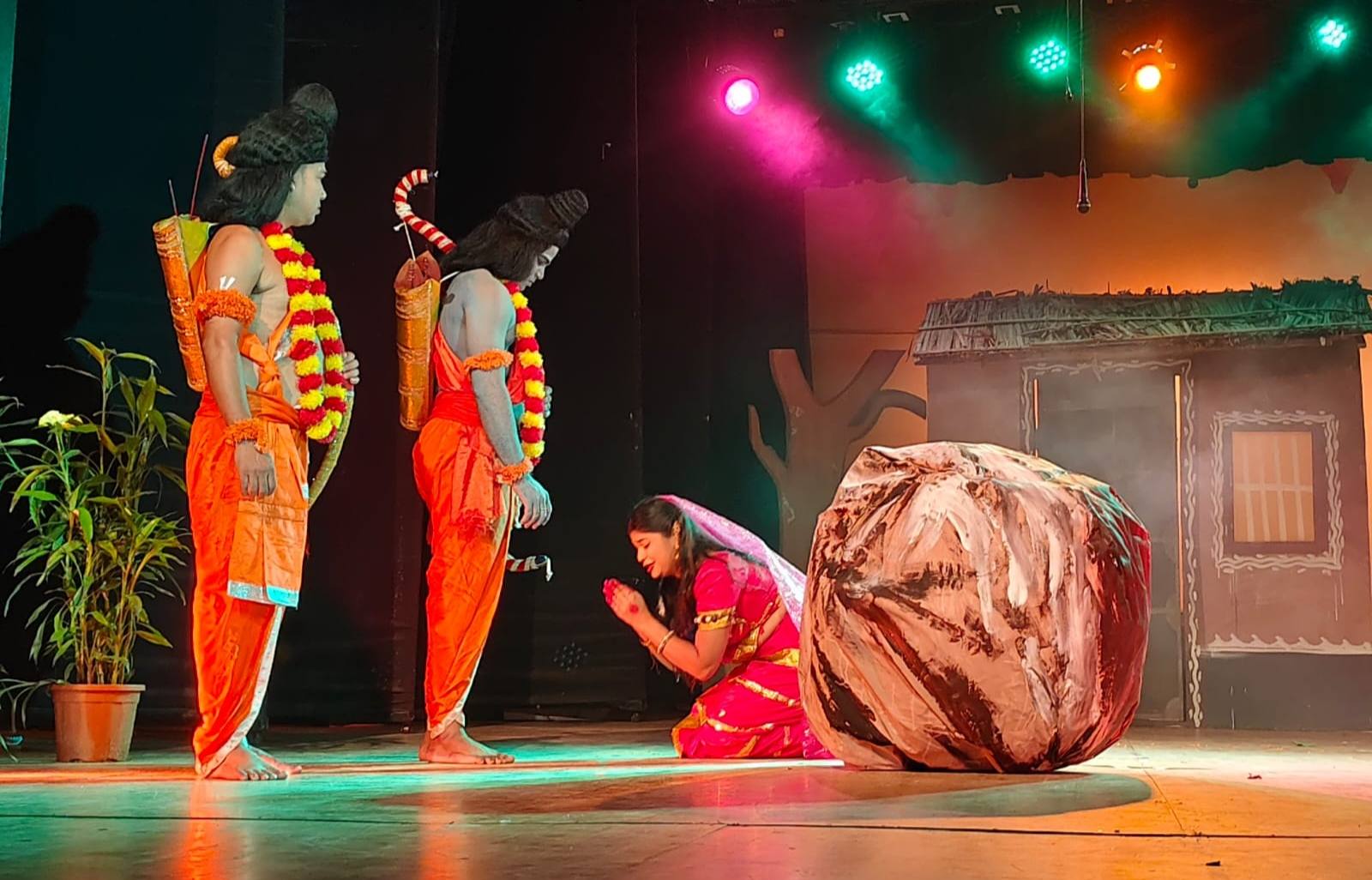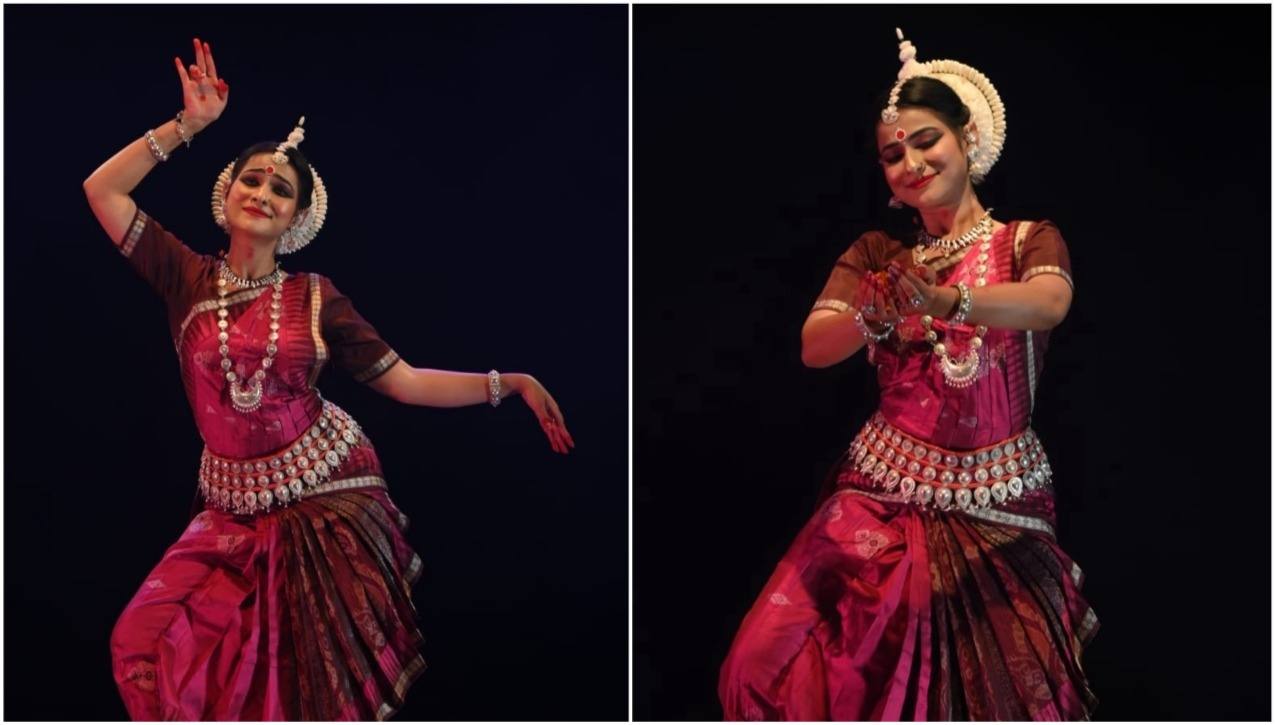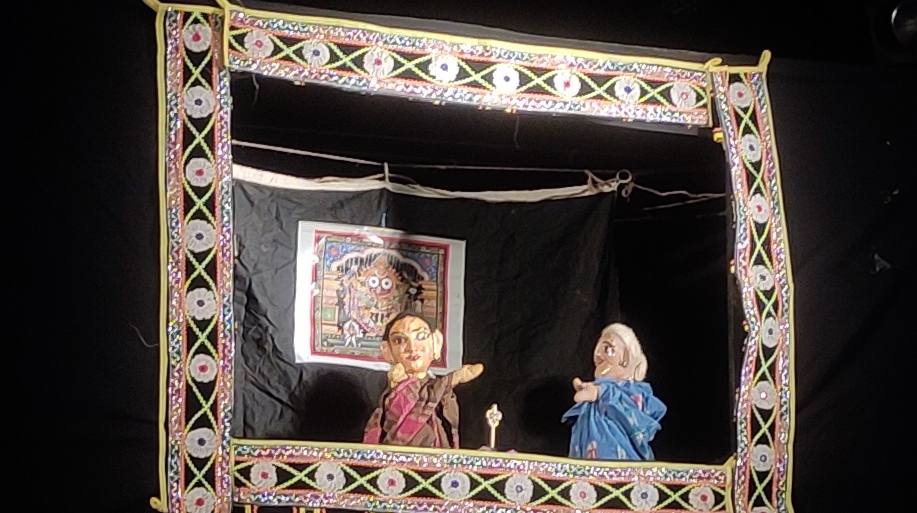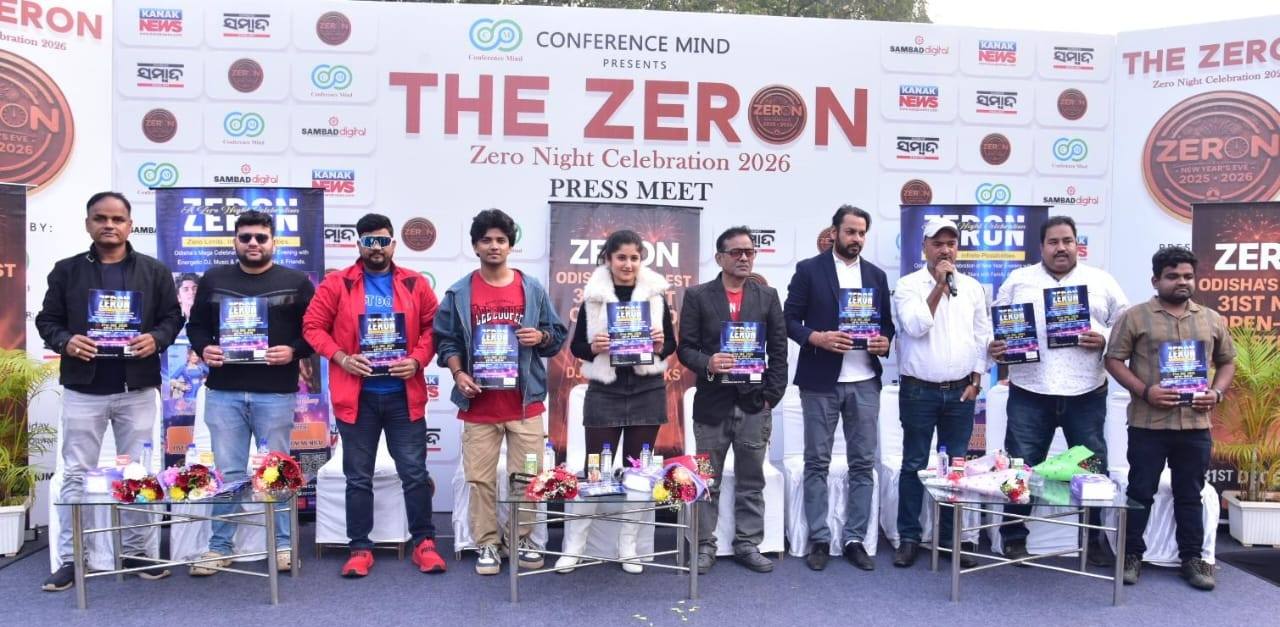Bhubaneswar: Why do pundits chant ‘Jatha Goutamasya Ahalya’ while solemnising a marriage forms the crux of the plot of the play ‘Jatha Goutamasya Ahalya’, staged by Panchadhwani Natya Parishad, a Bhubaneswar based theatre group, at the ongoing 5-day theatre festival ‘Natya Lahari’ at Bhanjakala Mandap on Thursday.
In Hindu mythology, there are five panchakanyas such as Ahalya, Draupadi, Kunti, Tara and Mandodari. They all are referred as the symbol of ideal womanhood.
Though the story of sage Goutama cursing his wife Ahalya to become a stone is more or less familiar to all of us, playwright Panchanan Dash and director Prakash Maharana infused fresh life into it, taking the audience on a journey back to the Ramayan era.
The curtain roses on the ashram of sage Goutama where two travelers stumble upon a massive stone in front of the sage’s ashram, obstructing their path. Then they try to push it aside, but can’t.
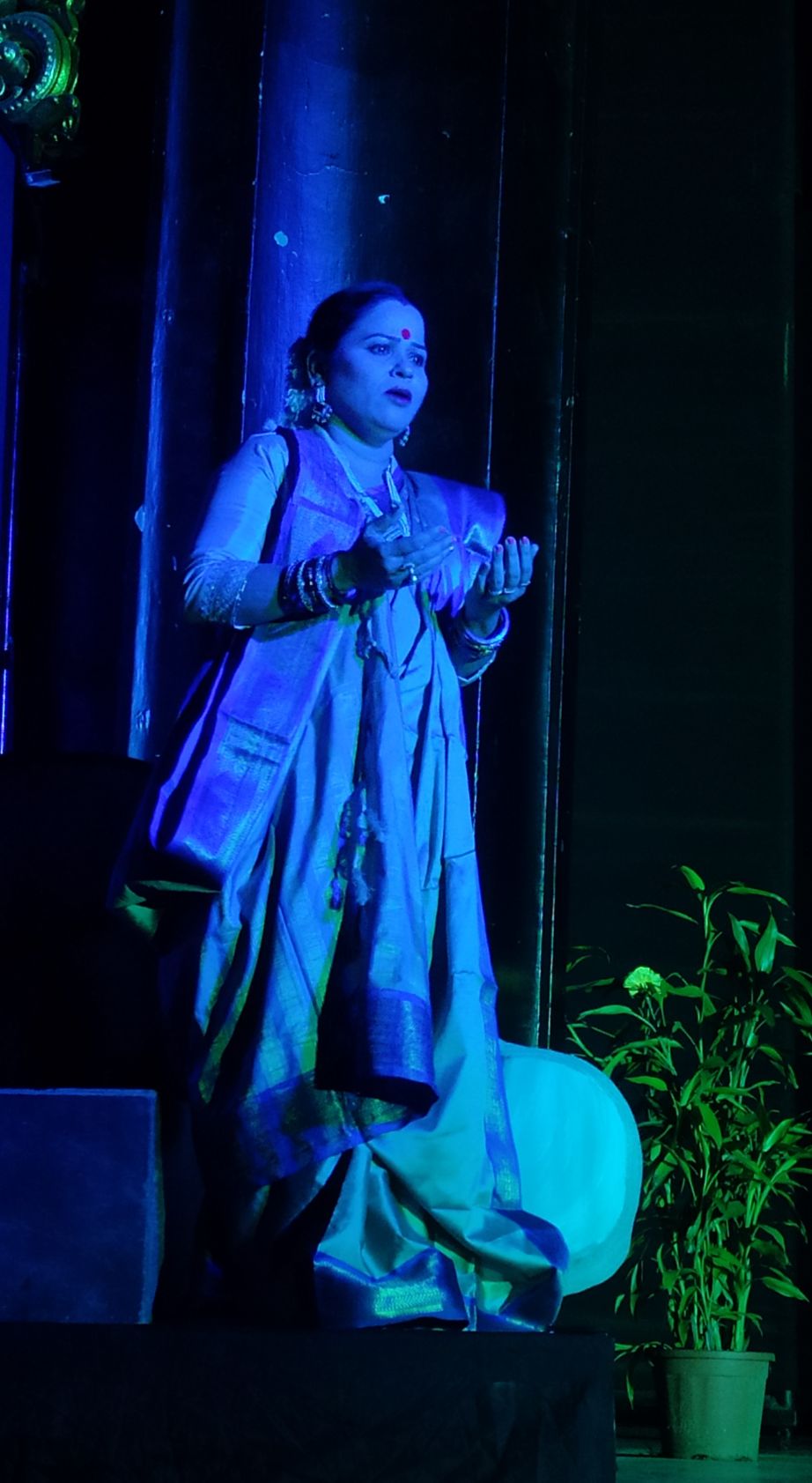
Just then they hear a plaintive cry coming from the stone-the voice of Ahalya herself. From there, the tale of love, betrayal and redemption stats unfolding.
Ahalya is Lord Bhrama’s mentally begotten daughter with unmatched beauty. Lord Brahma places her in the care of sage Goutama until she attains puberty. Her charming beauty draws the eye of Lord Indra.
When that time comes, the sage returns Ahalya to Lord Brahma. Enamoured by Ahalya’s beauty, Lord Indra wishes to have physical relationship with Ahalya. He asks Lord Brahma to give his daughter in marriage to him. Impressed by sage Goutama’s sexual restraint, Lord Brahma instead hands his daughter over to the former.
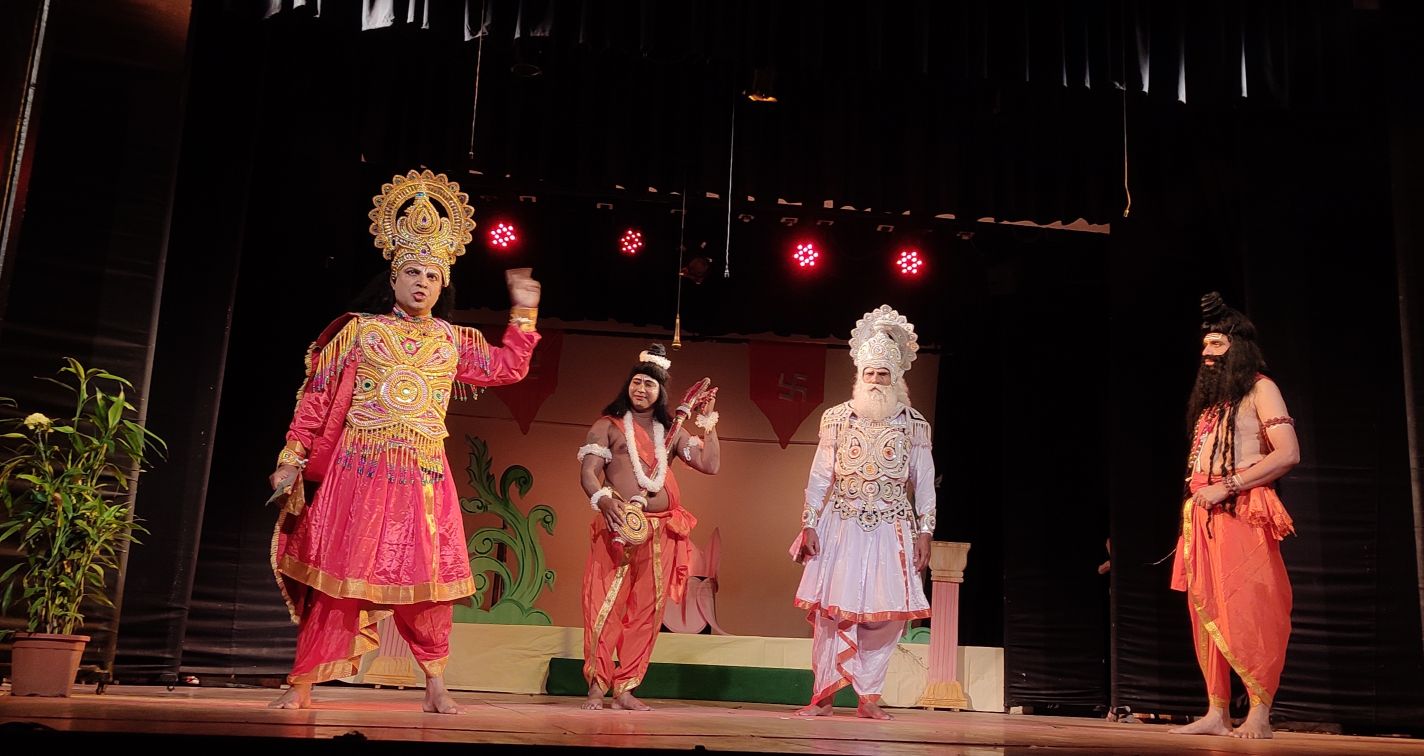
Consumed by lust, Lord Indra disguises himself as sage Goutama, arrives the sage’s ashram in his absence in night and have physical relationship with Ahalya.
Upon learning the deceit, the sage, in a fit of rage, curses Ahalya to become a stone. At the same time, he says she will get her form back at the divine touch of Lord Ram.
She has to wait till Treta Yuga when Lord Ram touches the stone and liberates Ahalya, restoring her dignity and life.
Despite the storyline being a known one, the production struck a chord and the audience watched what was being told on the stage with rapt attention.
Though the actors and actresses put their heart and soul to their characters, it was Panchana Dash’s evocative writing and Prakash Maharana’s deft direction that worked.
Pratap Rout’s soulful music and Subhankar Sahu’s masterful light design added the required touches, making the play a feast for senses.
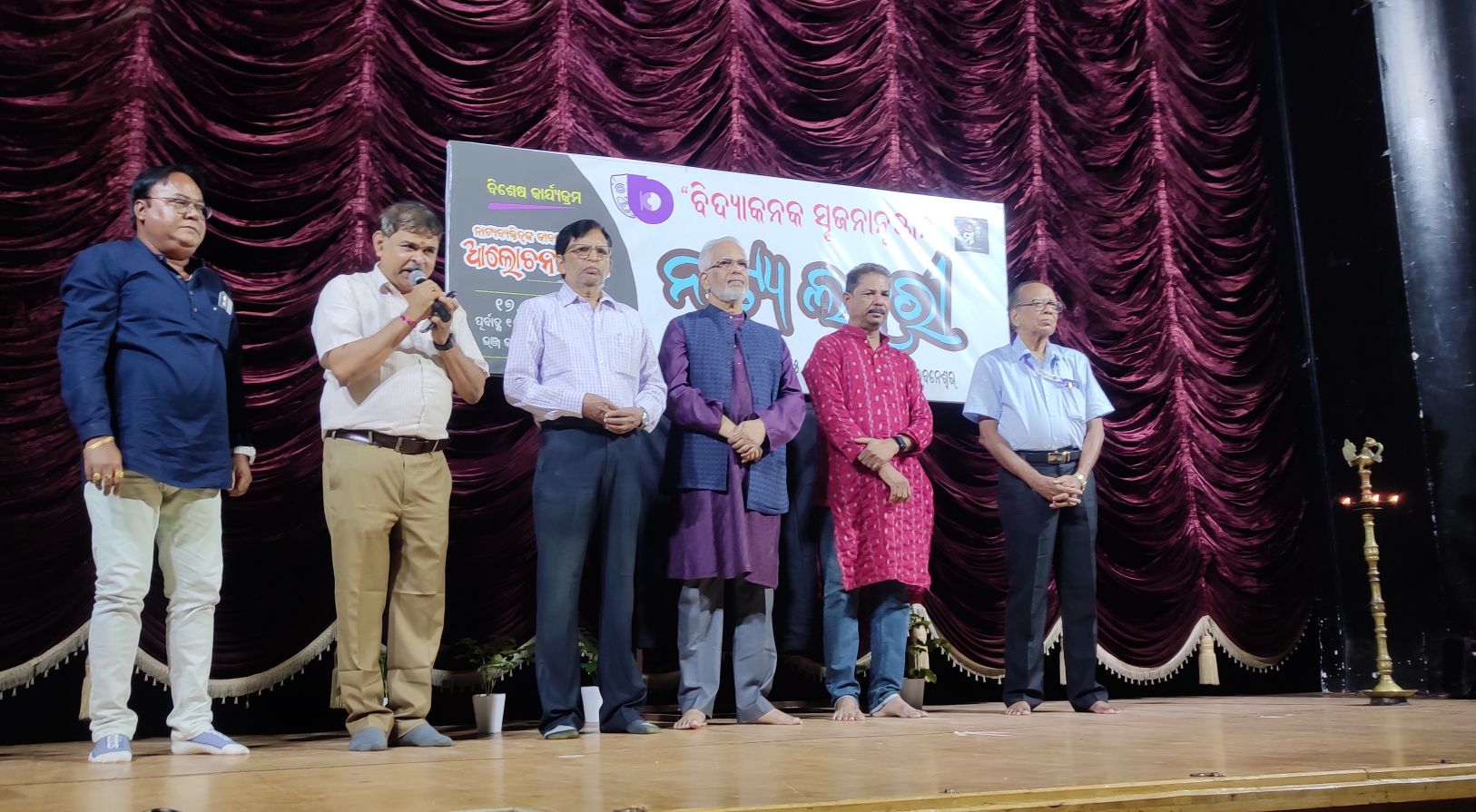
Earlier in the evening, esteemed guests like eminent theatre personality Lalatendu Rath, Joint Secretary of Odisha Natya Sangha Ashish Vardhan, playwright Panchanan Dash and music director Pratap Raut lit the auspicious lamp. Host institution’s president Bhabagrahi Patri and secretary Subhakant Padhi also shared the dais.
Verdict: The audience sitting spellbound all throughout the play is a proof that old stories, when retold with craft, still carry the power to hold people in thrall.
On the stage:
Sage Goutama: Malaya Kumar Mohanty, Ahalya (child): Laxmipriya Senapati, Ahalya (adult): Anusuya Swain, Ahalya (atma) Dharitri Khanduala, Brahma: Biranchi Kumar Dash, Narada: Rajesh Mallia, Lord Indra: Santosh Kumar Pattanayak, Vishwamitra: Raghunath Behera, Lord Ram: Jyotiranjan Ray, Laxman: Babul, First traveler: Prakash Maharana, Second traveler: Brundaban Parida, Yajna priest: Karunakar Samal, K Chandrasekhar Subudhi and Viveklal (Dada)
Off the stage:
Writer: Panchanan Dash, Director: Prakash Maharana, Chief Assistant Director: Karunakar Samal, Assistant Director: Rajesh Mallia, Music: Pratap Raut, Light: Subhankar Sahoo, Choreography: Pradyumna Mohanta, Stage: Trimurti, Costume and make-up: Janata Chitralaya

